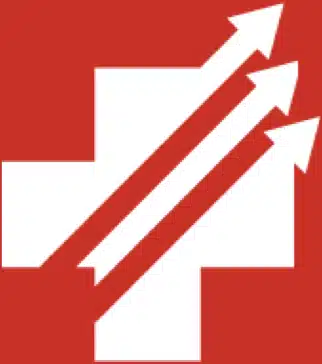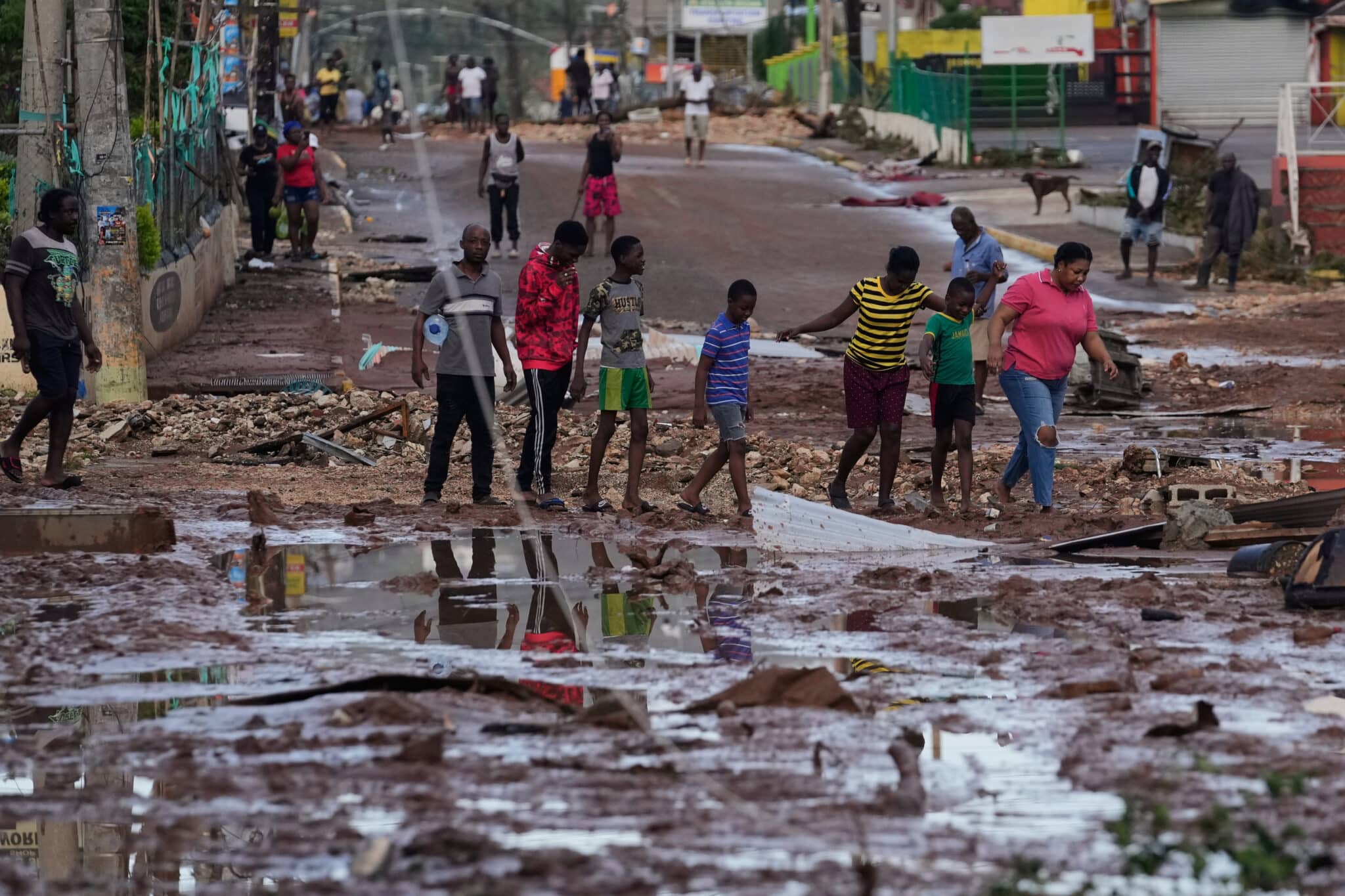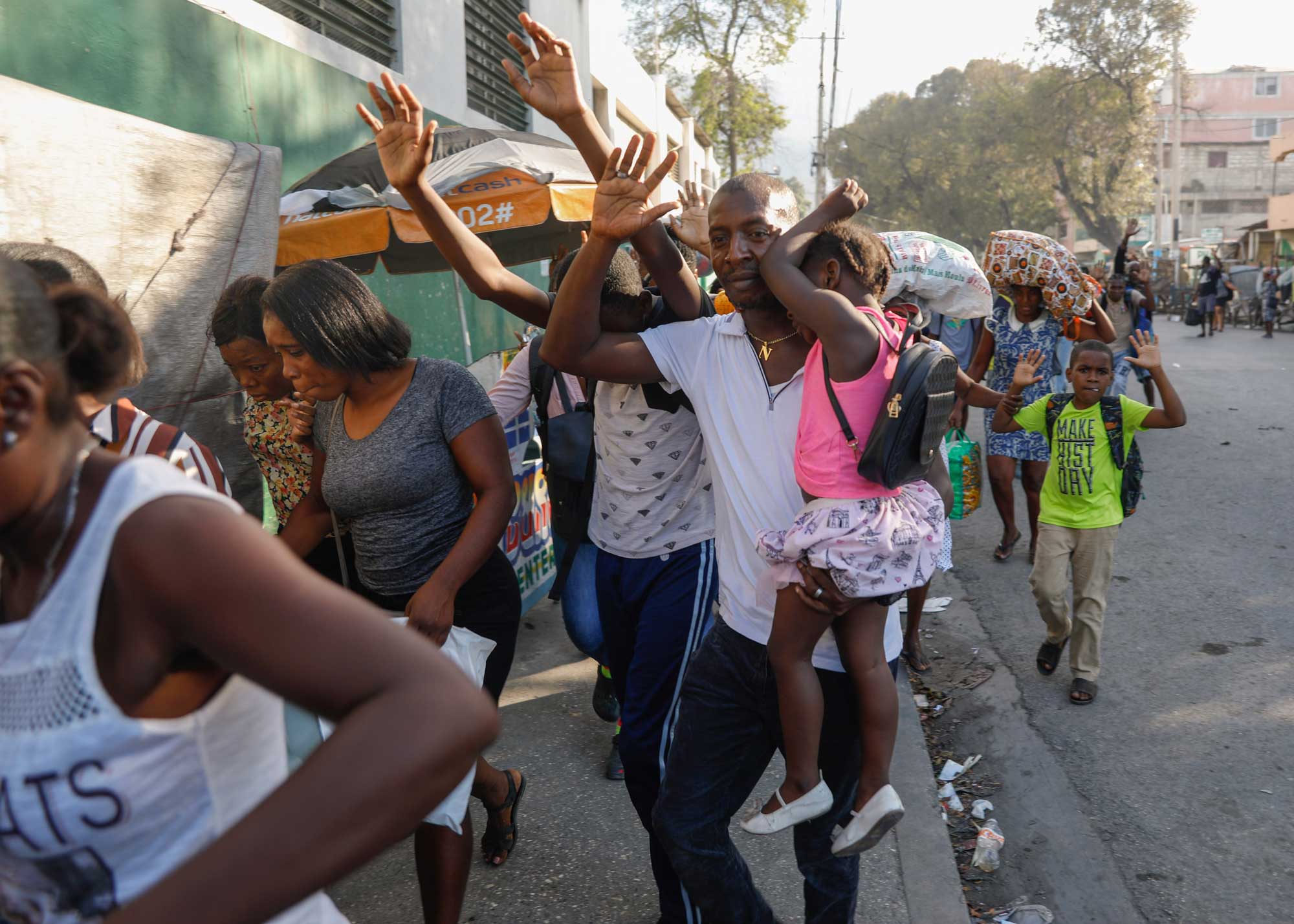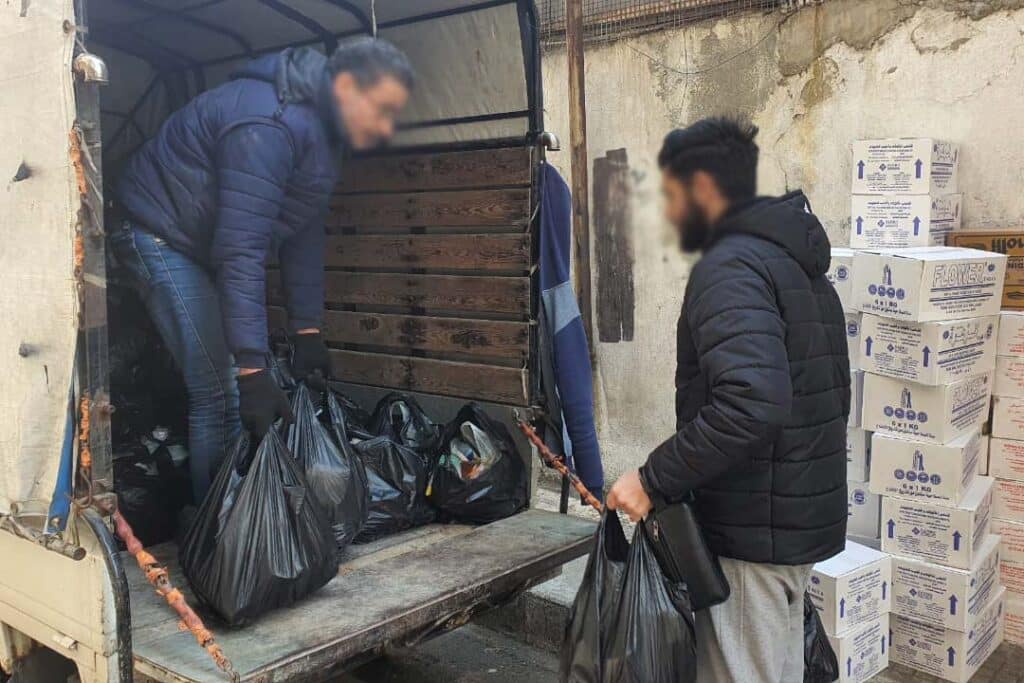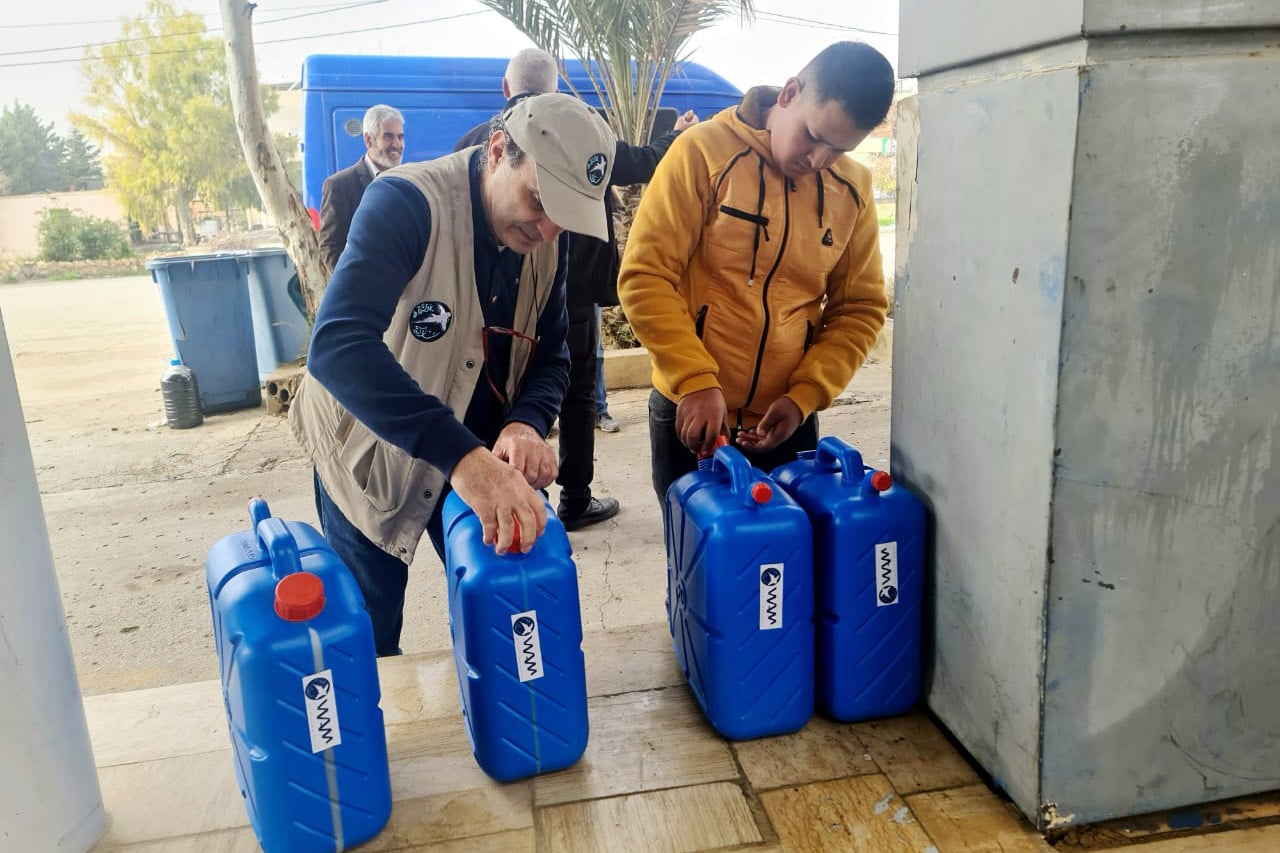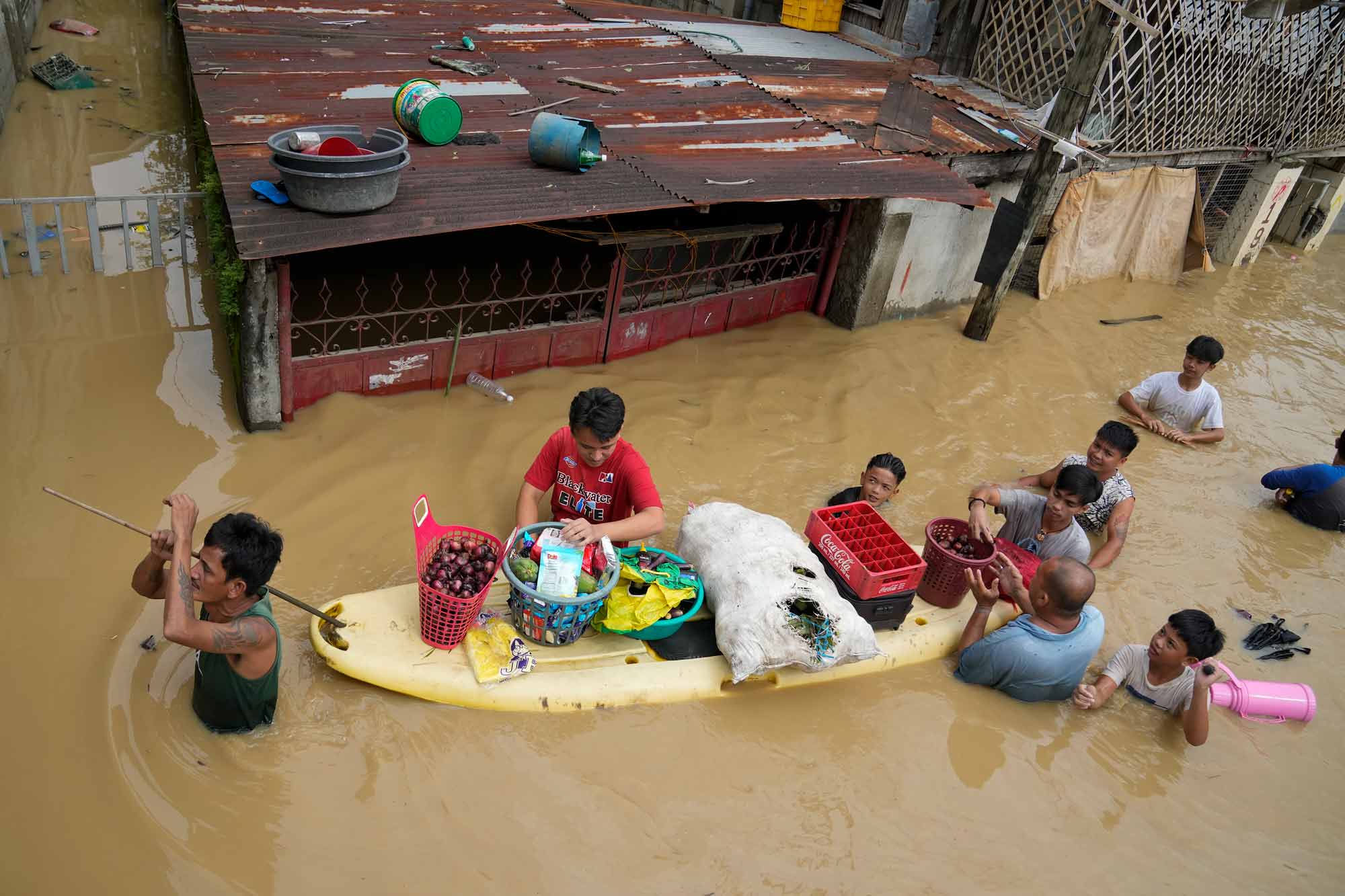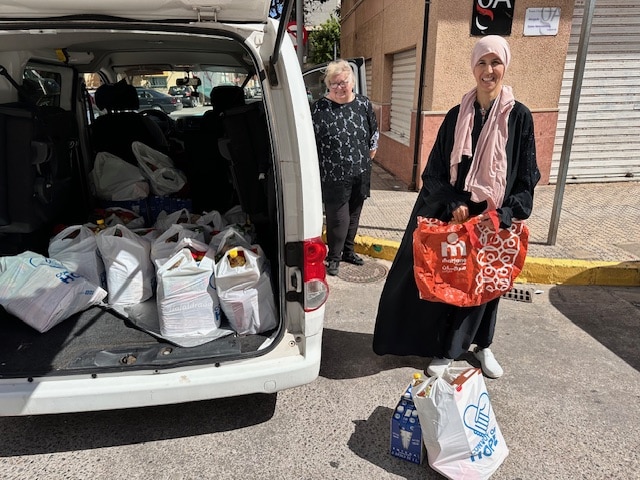
Kenya is a country in contrast. It hosts one of Africa’s most dynamic tech scenes, while some in Kenya’s rural north have never seen a cellphone or a TV. The productive farms of the highlands are worlds away from the deserts semi-arid lowlands. The shining skyscrapers in Nairobi rise over poverty-stricken and densely packed slums.
Naomi and her family live in one of the most dangerous slums in Nairobi, Kenya — Mathare Valley. Mathare is more densely populated than Manhattan, and even more so because most structures in Mathare are single-story.
These makeshift shelters barely stand upright. Trash and waste cover the streets. Residents have little to no access to clean water. Disease spreads rapidly. Food is scarce.
Illegal alcohol is made there and placed in barrels. People drink from these barrels to stop the gnawing pains of hunger. The highly flammable barrels occasionally explode, further exacerbating the already dangerous living conditions.
But there is hope for her future. Naomi attends school at a Convoy of Hope program center where she receives regular, nutritious meals. This school is outside of the slum, so she’s safe during the day. The team who works there understands how difficult life is for students outside of school hours. They work hard to create a safe and supportive environment.
Despite the complications of where she lives, Naomi is enthusiastic about life. When a Convoy of Hope team visited her school, Naomi performed a dance she’d been practicing. When asked why, she said, “I wanted to say thank you and put a smile on their faces!”
Thanks to generous donors, staff, and volunteers, this young girl — and more than 500,000 other children in thousands of communities across the globe — will have a greater opportunity to break the cycle of poverty in their families, once and for all.
